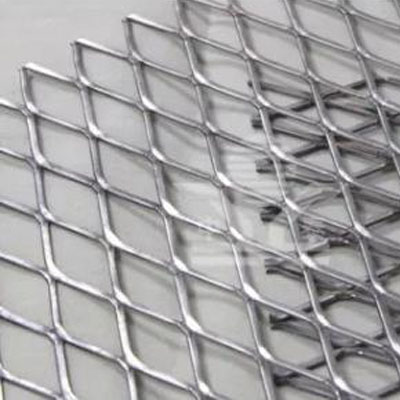Temporary Tree Protection Fencing Preserving Nature During Construction
In recent years, the construction and development sectors have recognized the importance of environmental stewardship. One crucial aspect of this is the protection of trees during construction projects. Temporary tree protection fencing has emerged as a vital tool to safeguard these natural assets while facilitating the expansion of urban landscapes.
Understanding the Importance of Trees
Trees are invaluable components of our ecosystem. They provide essential services, including air purification, carbon sequestration, habitat for wildlife, and aesthetic beauty. Additionally, trees play a significant role in urban environments, helping to reduce heat, improve mental health, and increase property values. Therefore, protecting trees during construction is not only an environmental concern but also an economic and social one.
What is Temporary Tree Protection Fencing?
Temporary tree protection fencing is a physical barrier installed around the base of trees that are at risk during construction activities. This fencing serves several purposes it prevents the inadvertent damage from heavy machinery, protects the root system from compaction, and keeps construction debris from harming the tree’s health. It also serves as a visual reminder to workers and contractors to maintain a respectful distance from these living organisms.
Best Practices for Installing Temporary Tree Protection Fencing
1. Planning and Assessment Before installing the fencing, a thorough assessment of the site is essential. Arborists can help determine the critical root zone (CRZ) of each tree, which is typically defined as an area at least one foot for every inch of the tree's diameter. The fencing should encompass this zone to protect the roots adequately.
2. Materials The materials used for temporary fencing should be durable yet eco-friendly. Common options include agricultural fencing, wooden barriers, and plastic mesh. Regardless of the material, ensure that it stands at least four feet high to be visible to workers and machinery.
temporary tree protection fencing

3. Installation The fencing should be installed far enough from the tree to avoid damaging the roots but close enough to create an effective barrier. Utility flags or warning signs can also be placed around the perimeter to reinforce the importance of this protective zone.
4. Ongoing Maintenance Regular inspections of the fencing are crucial. This oversight ensures that the barriers remain intact and effective throughout the construction process. If the fencing is damaged or moved, it should be promptly repaired or reinstated.
5. Education and Communication It is essential to educate construction workers about the significance of tree protection. Clear communication about the fencing's purpose, along with signage, can help ensure that everyone on the site understands the importance of preserving these natural resources.
The Benefits of Tree Protection Fencing
Investing in temporary tree protection fencing yields several benefits. Firstly, it minimizes the risk of costly damage to trees that could result in the need for removal or replacement, which can be expensive and time-consuming. Secondly, protecting trees during construction contributes to the sustainability goals of cities and communities. Healthy trees can sequester carbon, improve air quality, and increase biodiversity, which are critical factors in combating climate change.
Furthermore, more and more municipalities are implementing strict regulations regarding tree preservation during development projects. Complying with these regulations not only avoids potential fines but also enhances the reputation of the construction company as an environmentally responsible entity.
Conclusion
Temporary tree protection fencing is a simple yet effective measure for safeguarding trees during construction. By implementing best practices for installation, maintenance, and education, developers can protect critical green spaces while still meeting their project goals. As we continue to build and expand our urban environments, let us not forget the vital role that trees play in our ecosystem. Through the use of temporary tree protection fencing, we can ensure that both nature and development can coexist harmoniously.
-
Why Galvanized Trench Cover Steel Grating Resists Corrosion
NewsJul.10,2025
-
The Versatility and Strength of Stainless Expanded Metal Mesh
NewsJul.10,2025
-
Load Calculations in Steel Grating Platforms
NewsJul.10,2025
-
Keeping Pets and Kids Safe with Chicken Wire Deck Railing
NewsJul.10,2025
-
Hole Diameter and Pitch for Round Perforated Metal Sheets
NewsJul.10,2025
-
Aluminium Diamond Mesh in Modern Architecture
NewsJul.10,2025
Subscribe now!
Stay up to date with the latest on Fry Steeland industry news.

